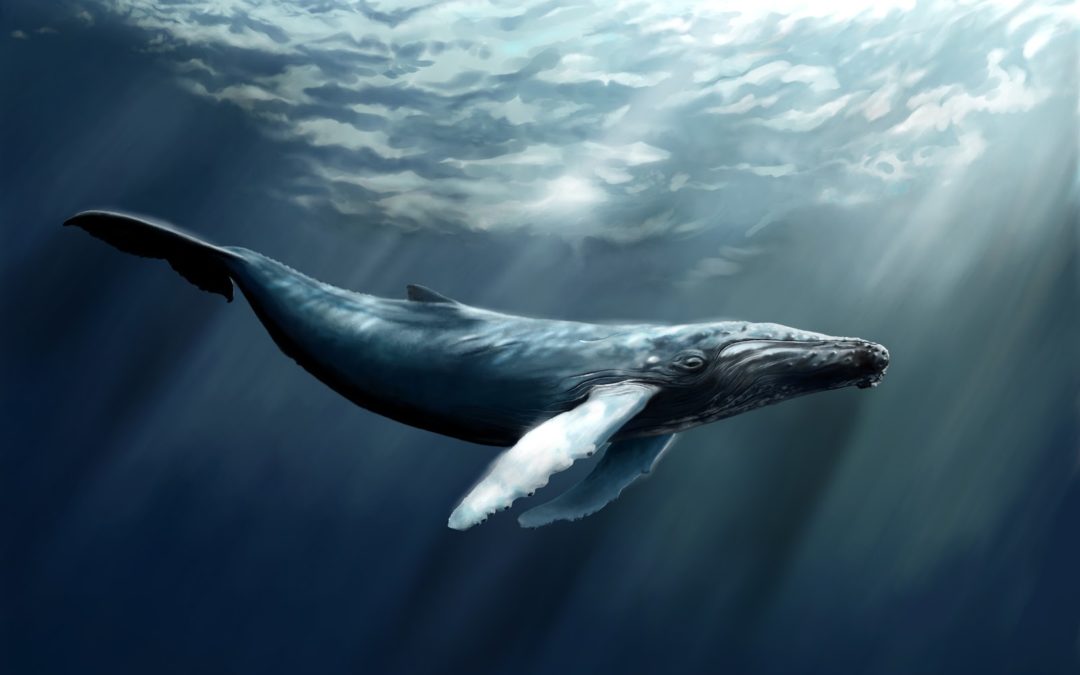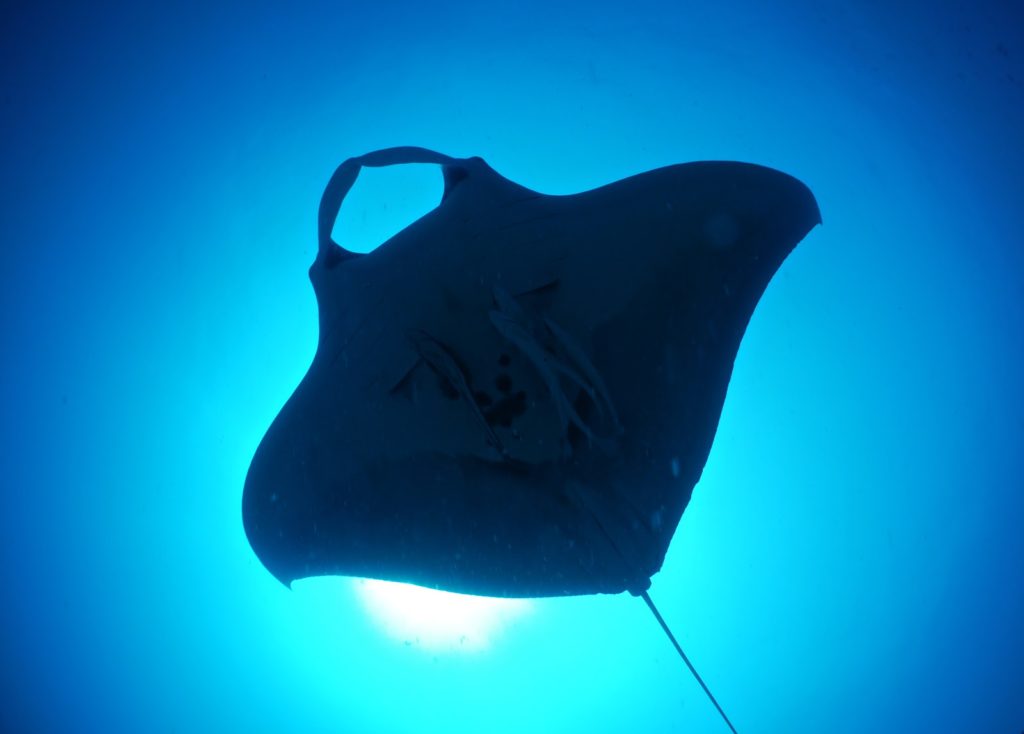Some publications, presentations, and observations of the world around us.
Also available on Research Gate & Google Scholar.
The Academy of International Extended Reality
The Magical Combination of Water and Virtual Reality Part 1
Posted on Jul 14th, 2020It was a milky sort of darkness, where I could barely see my own hands or my body; like being dunked in clam chowder. A look at my feet suggested that I must be underwater, having fins on my feet, floating weightless and releasing bubbles with every breath. I felt a bit dazed and loopy, not entirely sure how I got there, and wondered if someone had slipped an edible in my morning coffee.
It must be the effects of nitrogen narcosis I told myself; I must be on a dive, and being suspended at neutral buoyancy with such diffuse lighting might be due to the immense amount of suspended plankton in the water. At least with this realisation, I knew my brain was coming back online and I was able to quickly conclude where I was – off the coast of Mozambique, having come here to study manta rays.
Things were starting to make sense again. Instinctively I looked at my dive computer which read 23 meters – ‘phew’! This relief was only temporary though, as I found myself surrounded by whales, each bigger than a schoolbus, getting closer by the second.
More brain cells coming alive. But why am I alone? I must have lost my dive group, a huge red flag in diving safety rules. And I could hear whales everywhere, getting really close judging by their calls. With the return to reality also came the gravity of my situation: I was deep underwater, alone, poisoned by the excess nitrogen in my blood, and surrounded by animals that could extinguish me with a casual flick of their fins.
Read more here.
To post a comment, please login.
View this profile on InstagramDr. Wallace J. Nichols (@wallacejnichols) • Instagram photos and videos
What's New
Rochester Women's Magazine
If You Want To Heal, Find Water
Where did our water come from? One theory is from comets and asteroids nearly 4 billion years... continue
New Trader U
The Science Behind The Ocean's Effect On Our Brain
The ocean has long been a source of fascination and wonder for humans. Its vast expanse, rhythmic waves... continue
Red Bull: Understanding the Blue Mind Theory: How water influences our well-being
Read ahead to learn all about this potential mind-body-water connection.
Red Bull surfer Kai Lenny will take any chance he can get to spend time in the sea. &ldquo... continue


